Mastering breathing techniques for better darts is crucial for consistent accuracy and improved performance. This article will explain how proper breathing directly impacts your game, and we’ll delve into specific techniques to help you improve your focus, consistency, and ultimately, your score. You’ll also learn about related aspects of your game that can benefit from a focus on controlled breathing.
⚠️ Still Using Pen & Paper (or a Chalkboard)?! ⚠️
Step into the future! The Dart Counter App handles all the scoring, suggests checkouts, and tracks your stats automatically. It's easier than you think!
Try the Smart Dart Counter App FREE!Ready for an upgrade? Click above!
Before we dive into the specifics of breathing techniques, it’s essential to understand the link between your breath and your dart throw. Many dart players unknowingly tense up their muscles, impacting their aim and consistency. This tension often manifests itself through shallow, rapid breathing. By learning to control your breathing, you gain better control over your body, minimizing unnecessary movement and promoting a smoother, more accurate throw.
A solid foundation in fitness and health is also critical. Maintaining a Darts Fitness Health regime goes hand-in-hand with controlled breathing. Consider incorporating cross training for stress management to help you stay relaxed and focused on the board.
Breathing Techniques for Better Darts: The Fundamentals
The core principle behind effective breathing in darts involves controlled, deep breaths to calm your nervous system and steady your aim. Forget rapid, shallow breaths – we want smooth, controlled inhalations and exhalations that help you center yourself before each throw. This is why understanding breathing techniques for better darts is so crucial.
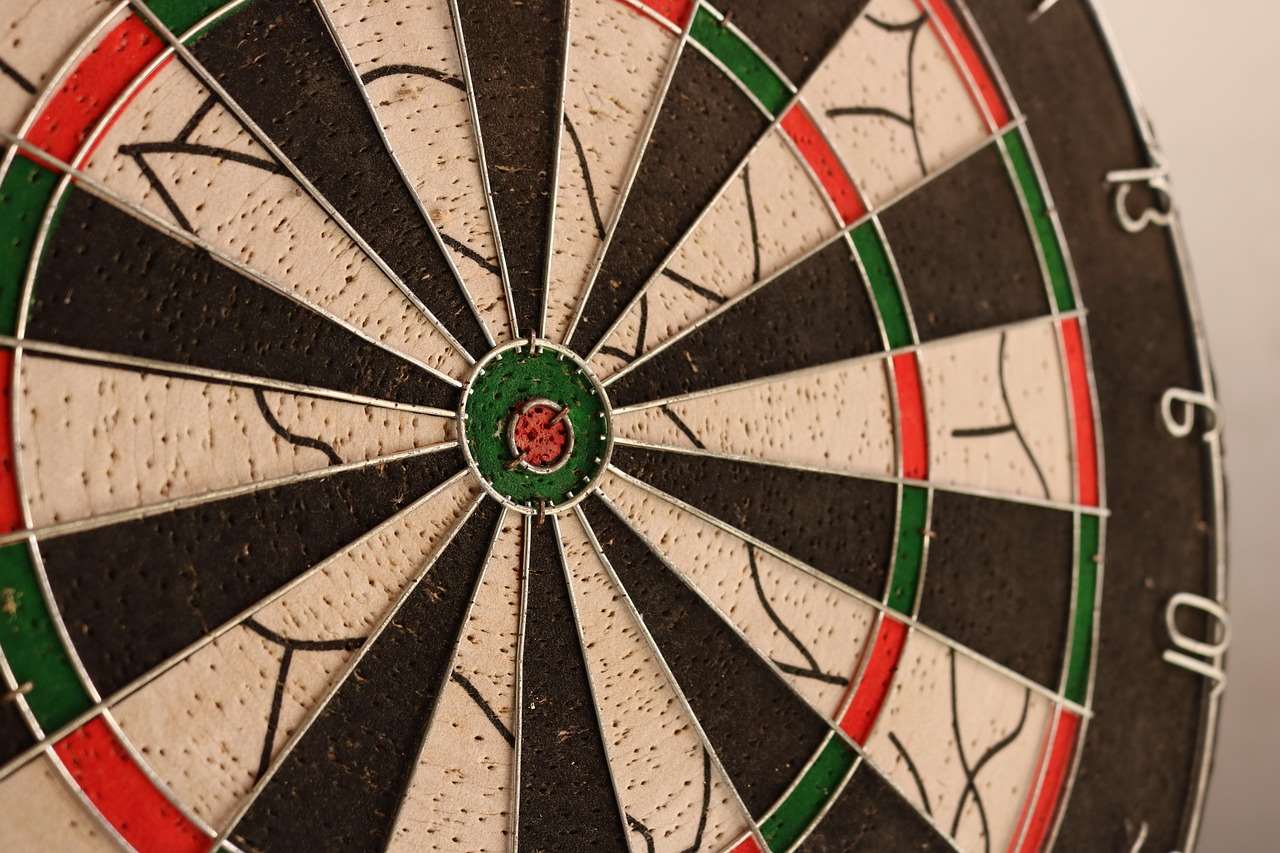
Diaphragmatic Breathing
Diaphragmatic breathing, also known as belly breathing, is the cornerstone of many effective breathing techniques. It involves using your diaphragm muscle to draw air deep into your lungs, expanding your belly rather than just your chest. This type of breathing promotes relaxation, reduces tension, and helps regulate your heart rate.
- Inhale: Slowly inhale through your nose, allowing your belly to rise as your lungs fill with air. Imagine filling a balloon with air, feeling the expansion in your abdomen.
- Exhale: Slowly exhale through your mouth, feeling your belly gently contract as the air leaves your lungs. Try to make the exhale slightly longer than the inhale.
Practice diaphragmatic breathing regularly, even when you’re not playing darts. The more you practice, the more naturally it will become a part of your pre-throw routine.
Advanced Breathing Techniques for Darts
Once you’ve mastered diaphragmatic breathing, you can explore more advanced techniques to refine your focus and consistency. These techniques build upon the foundation of controlled, deep breaths, adding elements of timing and visualization.
The 3-2-1 Breathing Method
This method involves a specific ratio of inhalation, hold, and exhalation. The 3-2-1 breathing method provides a structured approach to calming your nerves before a crucial throw.
- Inhale deeply for a count of 3.
- Hold your breath for a count of 2.
- Exhale slowly for a count of 1.
Adjust the counts to suit your own rhythm and comfort level. The key is to maintain a slow, controlled breathing pattern.
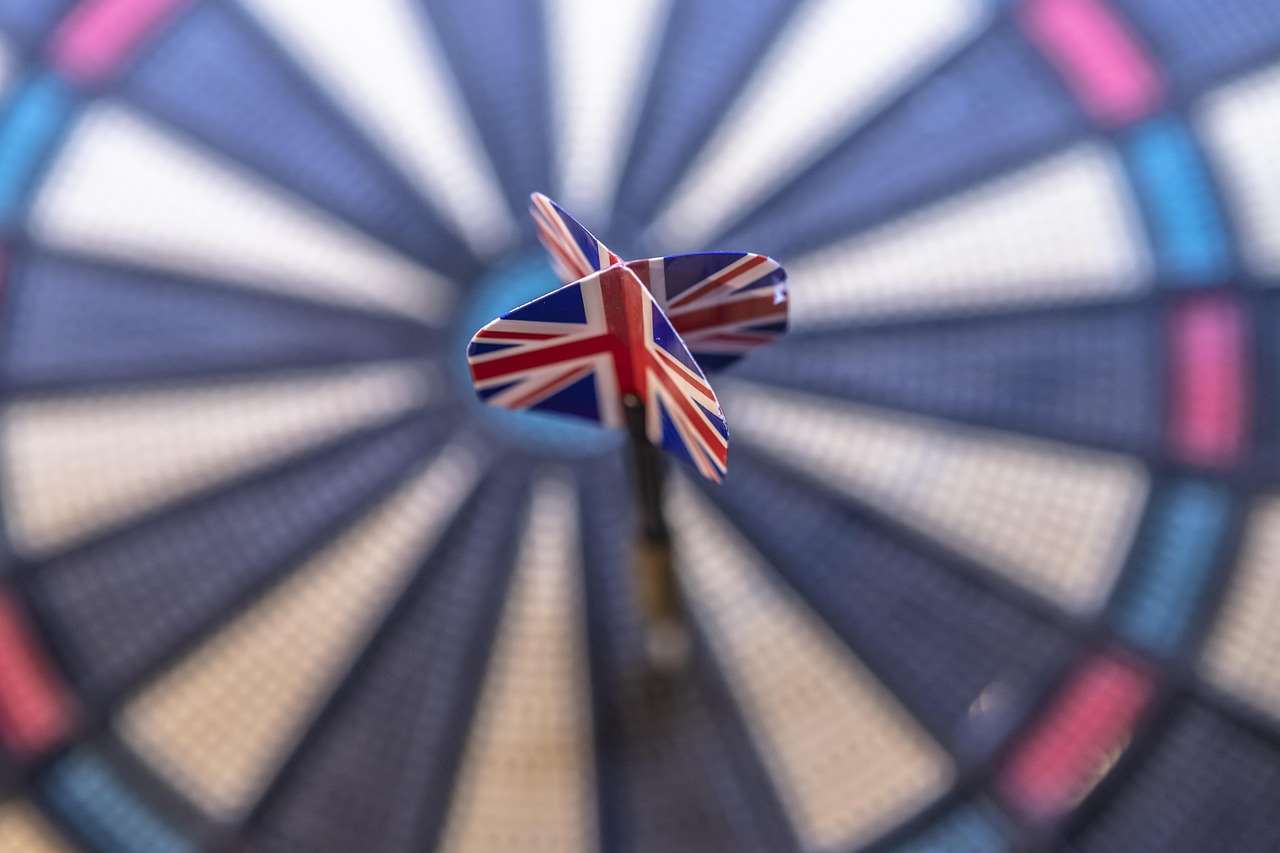
Visualizing Your Throw
Incorporating visualization into your breathing technique can significantly enhance your focus and concentration. While you breathe deeply, imagine the perfect throw, visualizing the dart’s flight path and its impact on the target. This mental rehearsal, combined with controlled breathing, primes your mind and body for optimal performance. Consider the impact of factors such as alcohol and dart visual perception on your performance.
Breathing and Posture: A Powerful Combination
Proper posture plays a vital role in dart throwing accuracy. Poor posture leads to tension, which, in turn, disrupts your breathing and throws off your aim. Maintaining a relaxed but upright posture, with your feet shoulder-width apart and your weight balanced, allows for optimal breathing and a more controlled throw. Remember that proper posture complements effective breathing techniques.
Maintaining good posture at the oche is essential. This ties in directly with injury prevention and overall performance. Learn more about dartboard height ergonomics and oche ergonomics for increased power.
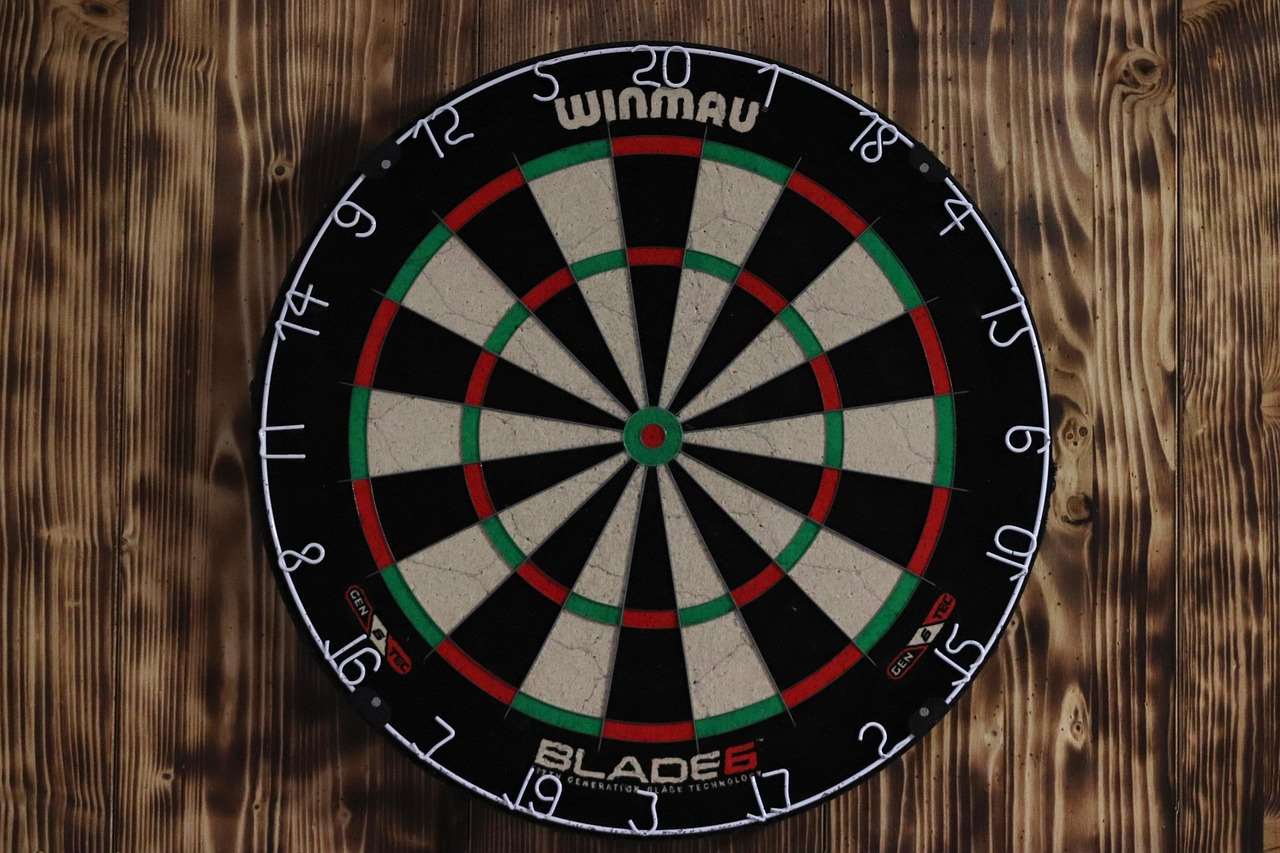
Common Mistakes to Avoid
Many dart players make common mistakes that hinder their ability to benefit from proper breathing techniques. These mistakes often stem from a lack of understanding or inconsistent practice.
- Holding your breath: Holding your breath tenses your muscles and disrupts your aim. Always maintain a steady flow of breath.
- Shallow breathing: Shallow breathing limits oxygen intake, leading to fatigue and decreased focus. Practice deep, diaphragmatic breaths.
- Inconsistent breathing patterns: Develop a consistent breathing pattern that you can rely on during the game. Practice this routine consistently.
These are just a few of the common mistakes. Taking preventative measures like following dart injury prevention methodology should also be part of your training. Avoiding injuries at the oche is crucial; consult our guide on preventing injury at oche.
Integrating Breathing Techniques into Your Game
Integrating breathing techniques into your practice routine is key to achieving consistent results. Start by incorporating diaphragmatic breathing into your warm-up routine, focusing on relaxation and controlled breaths.
During your practice throws, consciously practice your chosen breathing technique before each throw. Notice the difference in your aim and consistency. Gradually, these techniques will become second nature, allowing you to focus on your game without thinking consciously about your breath.
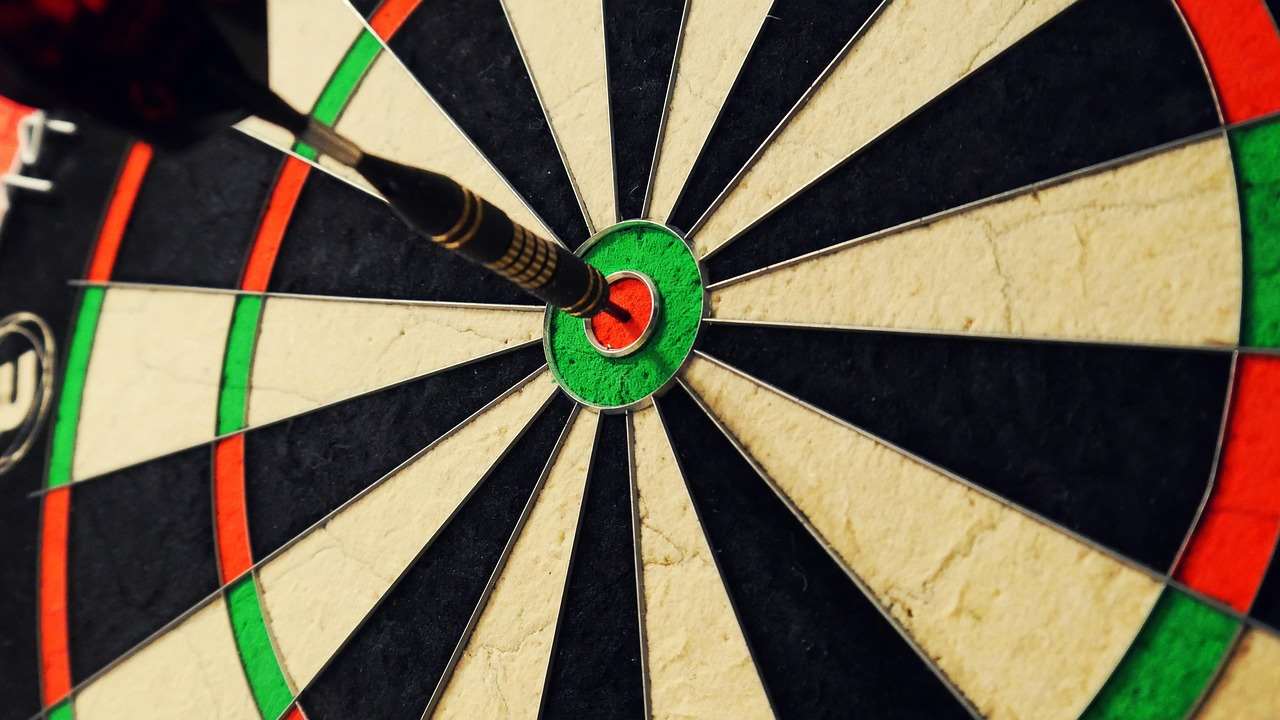
Remember to prioritize a healthy lifestyle impact on darts and follow healthy lifestyle recommendations dart players. A healthy lifestyle can directly impact your performance.
Beyond Breathing: Other Factors Affecting Performance
While breathing techniques for better darts are crucial, they are not the only factor affecting your performance. Other crucial aspects include your posture, grip, throwing technique, and mental game. Address these factors alongside your breathing exercises for holistic improvement. Consider what would happen if you needed to repair or replace electronic dartboard during a crucial tournament.
Conclusion
Incorporating proper breathing techniques into your dart game can significantly improve your accuracy, consistency, and overall performance. By practicing diaphragmatic breathing, the 3-2-1 method, and visualizing your throws, you’ll build a stronger foundation for success. Remember that consistent practice and mindful application of these techniques are vital. Start practicing these techniques today and experience the difference in your game. For further tips on optimizing your physical game, check out our advice on dart players fitness tips.
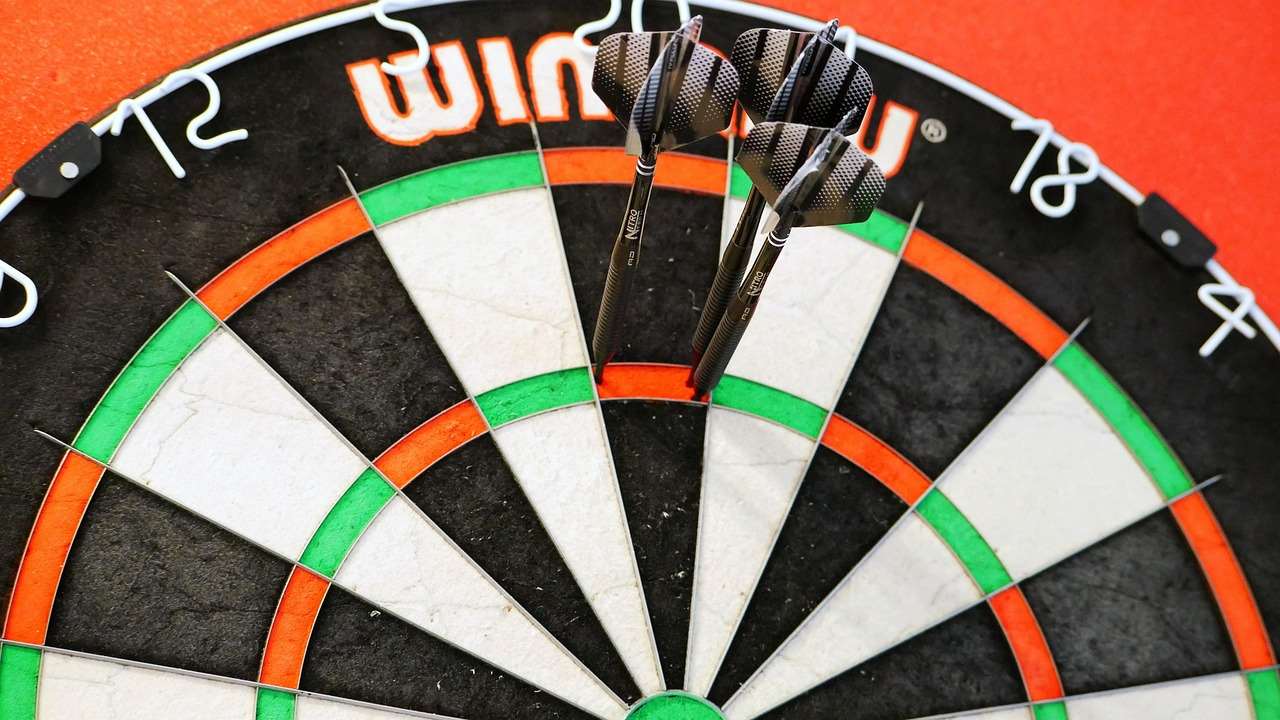
Hi, I’m Dieter, and I created Dartcounter (Dartcounterapp.com). My motivation wasn’t being a darts expert – quite the opposite! When I first started playing, I loved the game but found keeping accurate scores and tracking stats difficult and distracting.
I figured I couldn’t be the only one struggling with this. So, I decided to build a solution: an easy-to-use application that everyone, no matter their experience level, could use to manage scoring effortlessly.
My goal for Dartcounter was simple: let the app handle the numbers – the scoring, the averages, the stats, even checkout suggestions – so players could focus purely on their throw and enjoying the game. It began as a way to solve my own beginner’s problem, and I’m thrilled it has grown into a helpful tool for the wider darts community.